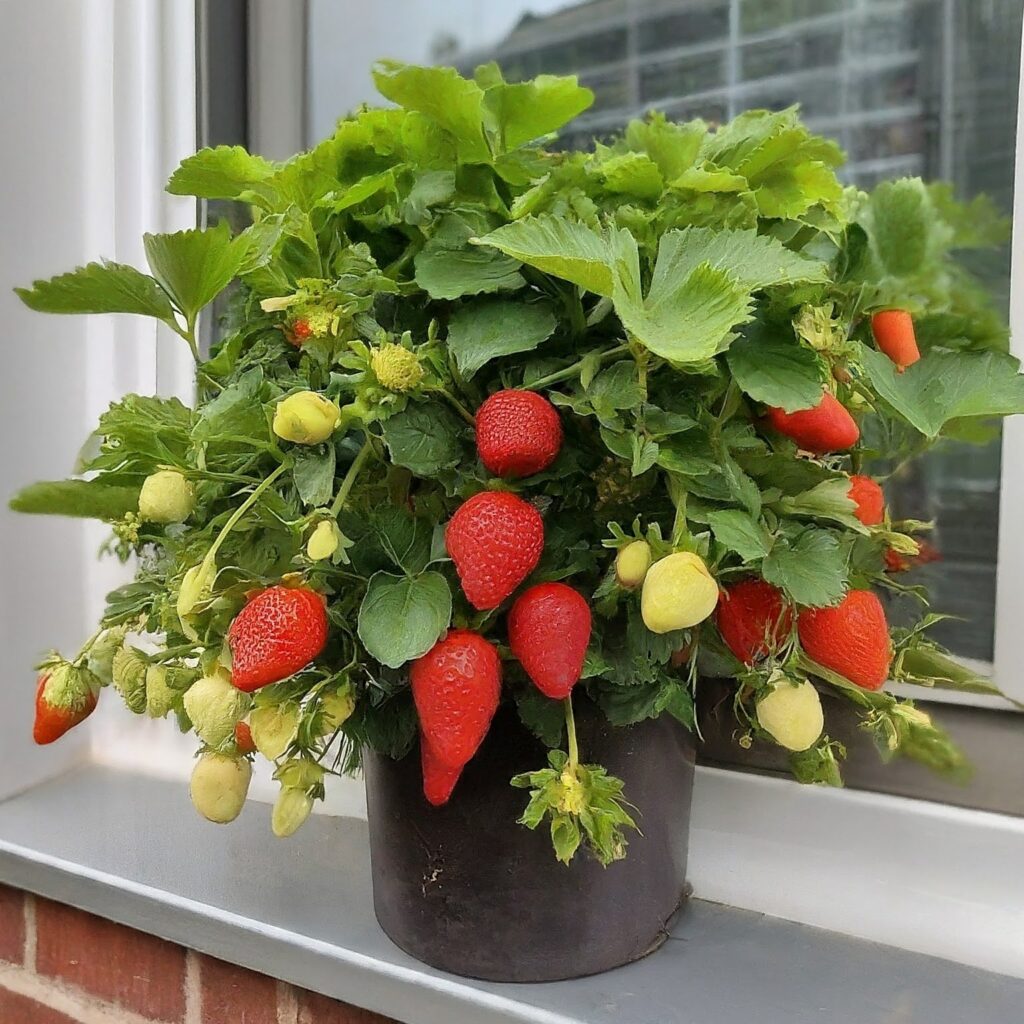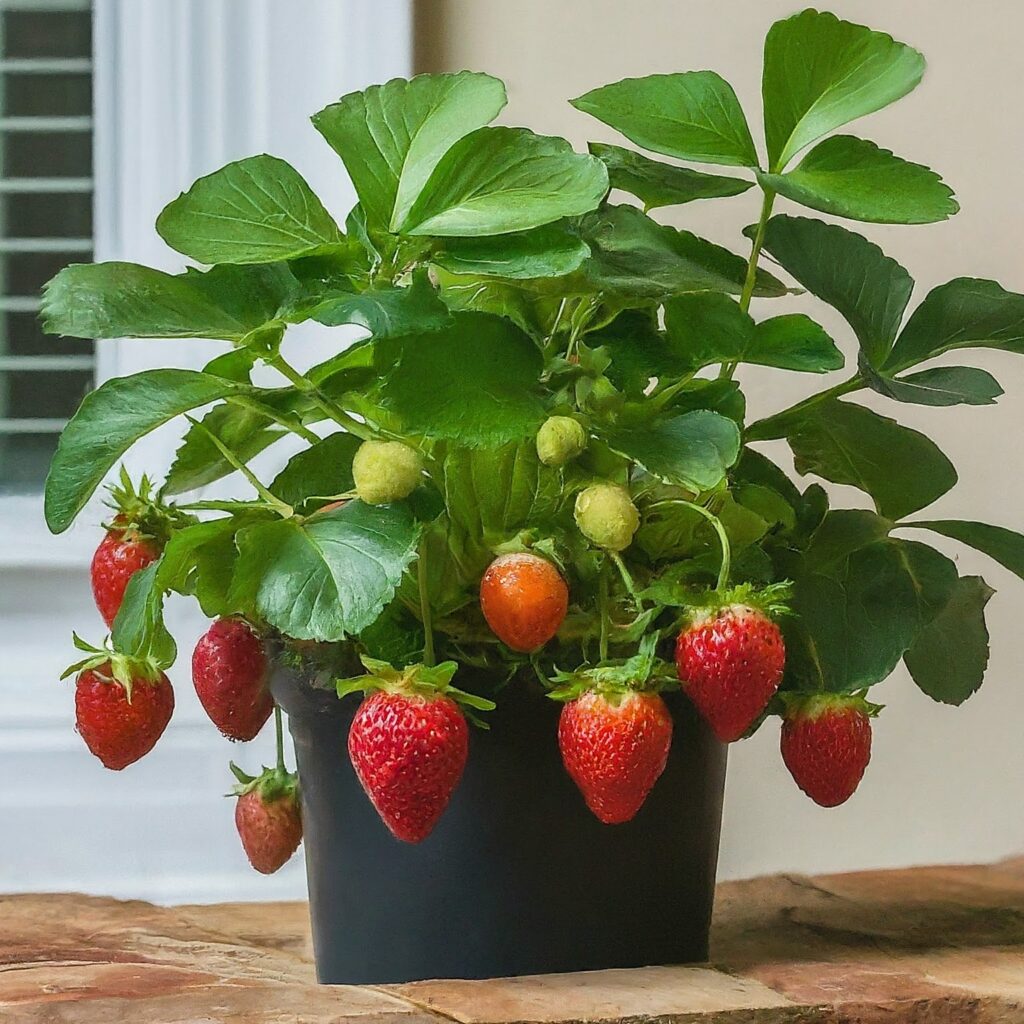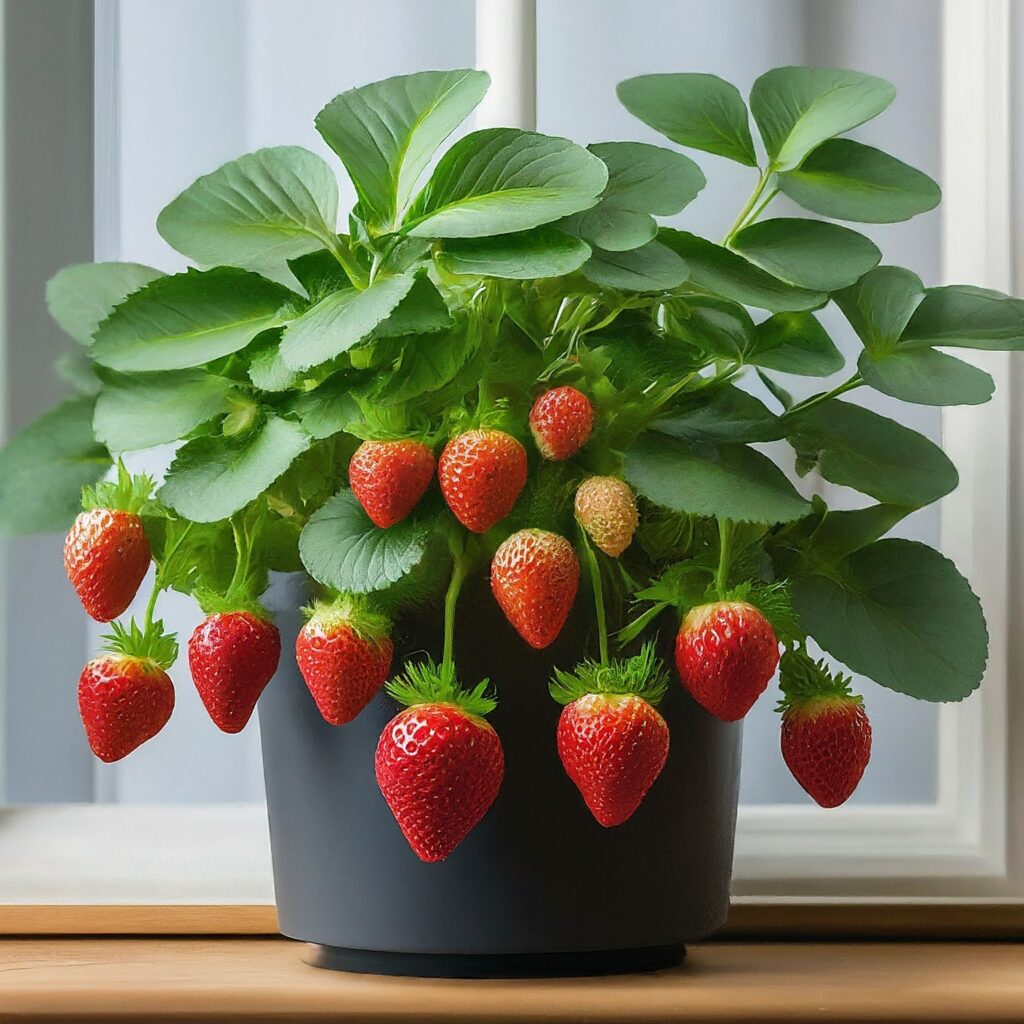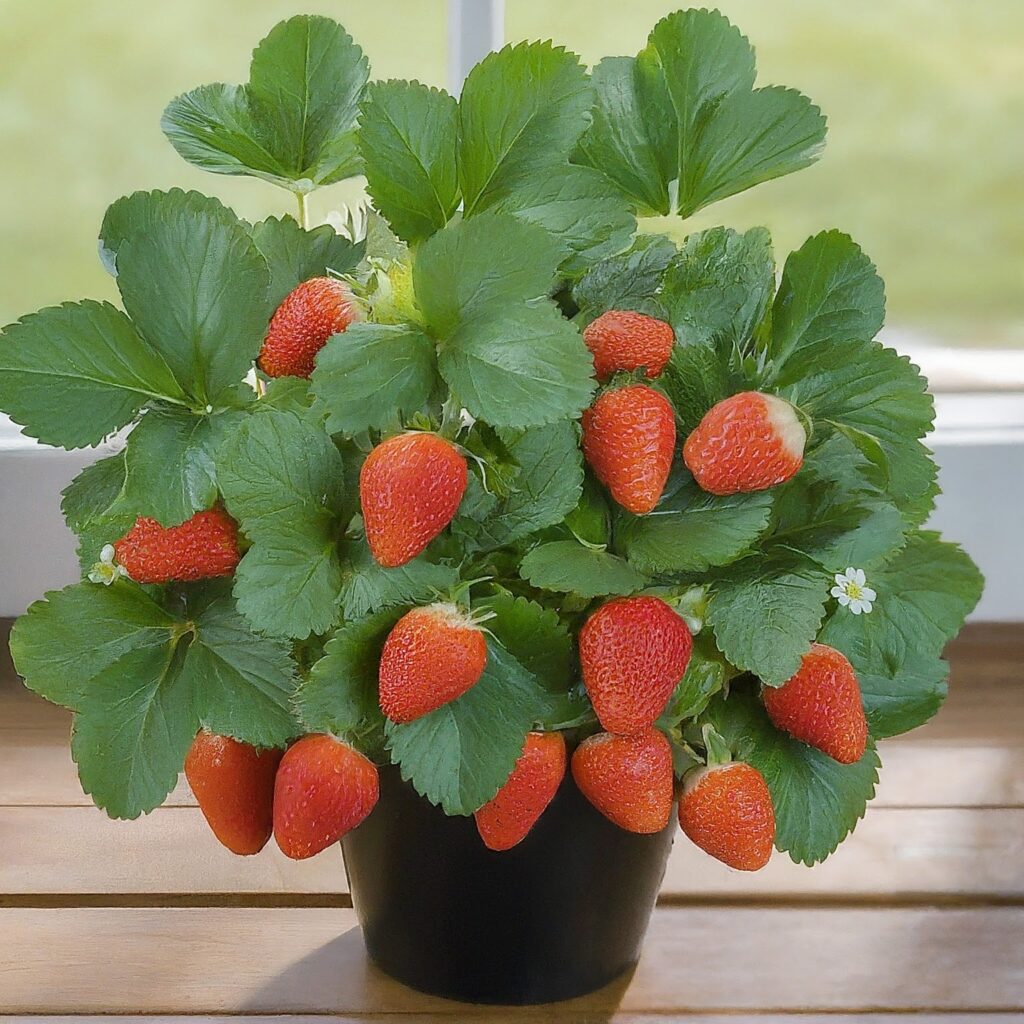From Tiny Seed to Sweet Berry: A Guide to Growing Strawberries from Seed

Growing strawberries from seeds can be a rewarding experience, allowing you to nurture a plant from its very beginning and enjoy the fruits (quite literally) of your labor. While it requires a bit more patience than growing from established plants, the process is surprisingly straightforward. Here’s a step-by-step guide to help you cultivate your own strawberry patch from seed:
Materials:
- Strawberry seeds (choose a variety suitable for your climate)
- Seedling tray or small pots with drainage holes
- Seed starting mix
- Water spray bottle
- Grow lights (optional)
- Fertilizer (optional)



Steps:
- Sow the seeds: Fill your seedling tray or pots with moistened seed starting mix. Gently press the tiny strawberry seeds onto the surface of the mix, ensuring they are evenly distributed. As strawberry seeds need light to germinate, you don’t need to cover them with soil.
- Provide warmth and light: Place the tray or pots in a warm location (around 70°F) with good air circulation. Using a humidity dome or covering the tray loosely with plastic wrap can help retain moisture. If lacking natural sunlight, use grow lights to provide 12-16 hours of light daily.
- Keep it moist: Regularly mist the soil surface with water to keep it consistently moist but not soggy. Avoid overwatering, which can lead to rot.
- Germination and growth: Be patient, as strawberry seeds can take 2-6 weeks to germinate. Once seedlings emerge, remove the humidity dome or plastic wrap and continue providing adequate light and moisture.
- Thinning and transplanting: Once seedlings develop their first true leaves (not the initial cotyledons), thin them to leave the strongest plants spaced about 2 inches apart. When seedlings have 4-6 true leaves, transplant them into individual pots or your prepared outdoor garden bed.
- Outdoor care: Choose a sunny location with well-drained soil. Amend the soil with compost or organic matter for better drainage and nutrients. Space plants 8-12 inches apart and water regularly, especially during dry periods. You can also add a balanced fertilizer every few weeks during the growing season.
- Enjoy the harvest! While it may take longer than planting established plants, your homegrown strawberries should be ready to harvest in late spring or early summer of the following year.
Tips:
- Start seeds indoors 6-8 weeks before the last frost in your area.
- Choose a variety known for its good disease resistance.
- Mulch around your plants to retain moisture and suppress weeds.
- Hand-pollinate your strawberry flowers if you don’t have natural pollinators like bees in your garden.
With a little care and patience, you can successfully grow delicious strawberries from seeds and enjoy the satisfaction of cultivating your own sweet treats.
